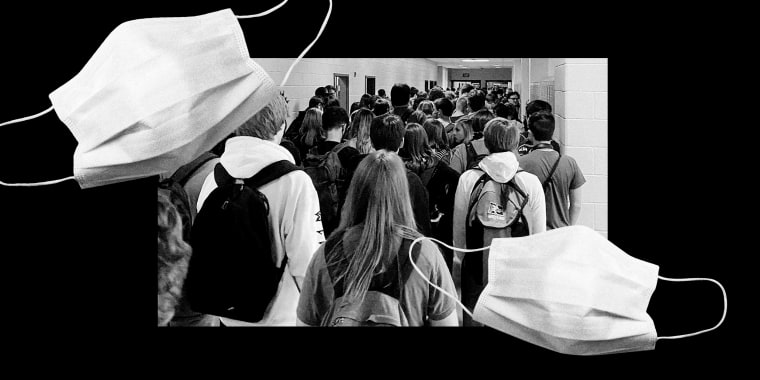When classes start Thursday in Checotah, Oklahoma, Lawrence E. "Train" Lane, a government and world history teacher, will be wearing a mask emblazoned with his school's mascot. For extra protection, he will also wear a plastic face shield on top of the mask while in his classroom.
Lane's students — six classes of 18 or so high schoolers whom he will teach in person, five days a week — will not have to wear face coverings. That is of concern to Lane, 72, a prostate cancer survivor who is vulnerable to complications if he catches the coronavirus.
"If you care anything about me and my life, you'll wear a mask," said Lane, who plans to offer extra credit to students who keep their masks on for the duration of his class period. "I would like to stay around a little longer."
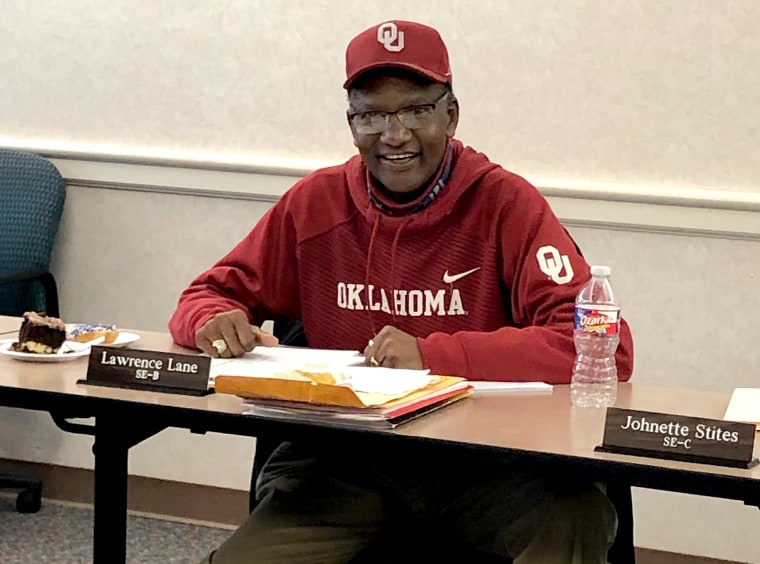
He anticipates some pushback. Most parents in the small rural town about 65 miles southeast of Tulsa do not support forcing students to wear masks, Lane said.
The state has been no help, either: Last month, Oklahoma's State Board of Education voted to recommend, but not require, masks for students, leaving it up to school districts to mandate them if they so choose. Checotah is strongly encouraging students to wear masks, but it has stopped short of making it a requirement.
Lane's district is one of a handful across the country that will be opening in person without empowering teachers to enforce the use of masks among their students. From Nebraska to Georgia, anxious teachers in these districts are questioning whether their schools are doing all they can to protect students and staff from an illness for which there is still no vaccine or reliable treatment.
Research has found masks to be effective against transmission of COVID-19, but the Centers for Disease Control and Prevention has provided only a basic framework when it comes to children and masks. In schools, like most everywhere else, the CDC favors their use, but it has acknowledged that "face coverings may be challenging for students (especially younger students) to wear in all-day settings." Masks for students are most essential when physical distancing is not possible, the agency added.
That is nearly all the time for Allison, 50, a high school history teacher in a rural district in central Tennessee who asked that her last name not be used out of fear of career repercussions for speaking out against her school's mask policy.
Allison will have up to 35 students in her classes when school starts Monday and no way to space out desks to the CDC-recommended 6 feet. While masks will be optional for students, she plans to wear one every day: She has diabetes and chronic lung issues, and her son, 15, has multiple heart conditions. She wishes masks were required for everyone.
"It's just science that there's going to be the spread of germs, and a mask would help to prevent that."
"It's just science that there's going to be the spread of germs, and a mask would help to prevent that," she said, adding that she has purchased a medical-grade air purifier for her classroom.
Many school districts around the country do not have to worry about how or whether to require masks at the moment. As coronavirus hot spots have bubbled up across the United States, more and more schools have chosen to begin the year fully remotely, said Dan Domenech, the executive director of AASA, The School Superintendents Association, an advocacy organization for the 14,000 superintendents in the U.S.
But for those welcoming students back in the coming weeks to their buildings — many of which were already considered overcrowded before the pandemic — masks on adults and their pupils will be a crucial tool to limit outbreaks, experts say.
"Students absolutely have to wear masks," said Dr. Emily Landon, an associate professor and infectious diseases specialist at the University of Chicago Medicine. "Think of all the sacrifices we have to make for COVID. That's not the biggest one. We need to stop fussing about it."
Questions about the coronavirus and kids
Having everyone wear masks can be particularly critical in staving off the spread of illness in asymptomatic and mild cases of COVID-19, when infected people are not aware that they are sick. Research is still emerging on children and the coronavirus, but it has found that kids, particularly elementary school-age ones, generally have milder symptoms than adults do — although there have been rare fatal pediatric cases.
The American Academy of Pediatrics, like the CDC, recommends face coverings for kids when feasible, and it has said it "strongly advocates" having students physically present in school. The group believes the benefits of attending school in person outweigh the risks, given some evidence that children may be less likely to spread the infection.
But that may apply mostly to younger children. A large study in South Korea found that children ages 10 and up spread the virus as well as adults do, suggesting that school reopenings could lead to outbreaks.
And even the idea that young children do not spread the virus is up for debate. A small study published July 30 in the journal JAMA Pediatrics found that children under 5 can carry just as much of the virus in their noses as older children and adults can. It is unclear what that means in terms of their ability to transmit the coronavirus, but it leaves the possibility open that they could be as contagious as adults, even if they do not seem very sick.
To Landon, the solution to all the unknowns is simple: Have all school-age children, along with everyone else, wear masks. If parents are worried that their young children will not keep them on all day, build up to it, she advised, by practicing for a short time period that gets longer each day leading up to the start of school.
"I think we should not underestimate our adaptability to adjust to certain circumstances," she said. "Certainly, we get used to wearing pants. We get used to wearing bras. We can become used to wearing masks."
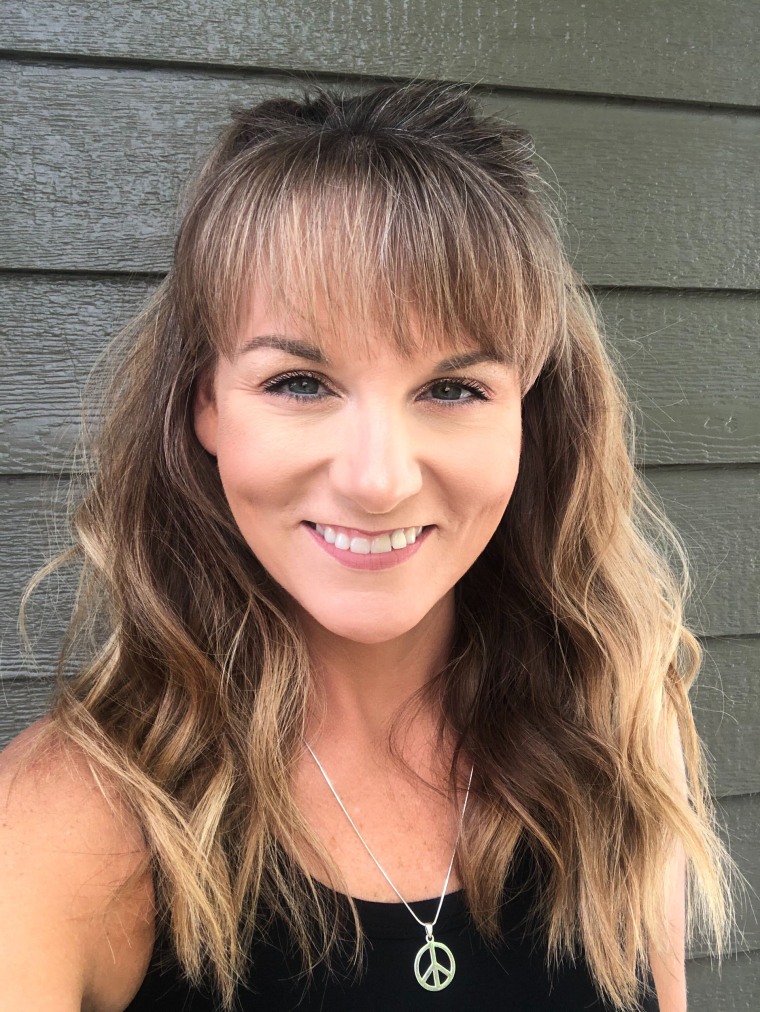
But compliance is not the only hindrance. Cost is also a factor. An average-size district that reopens for in-person learning is expected to dole out about $490 extra per student for new health and safety protocols, according to an analysis by AASA and the Association of School Business Officials International. Besides personal protective equipment, other costs include daily sanitization procedures, more school buses to enable social distancing and the hiring of school nurses.
Jessica Peterson, a fifth grade teacher at John Harris Elementary School in Sioux Falls, South Dakota, will have 24 students in her class for five days a week of in-person learning starting at the end of this month. In her classroom supply list for the coming school year, she has asked parents to include a mask for each child.
But she has no ability to enforce the request, and, while her school district supports it, leadership from the state has not. In a news conference about reopening schools held from Peterson's classroom July 28, South Dakota Gov. Kristi Noem said she would not require masks for students, declaring that children "almost never transmit the disease to someone else" and prompting the ire of a state doctors group.
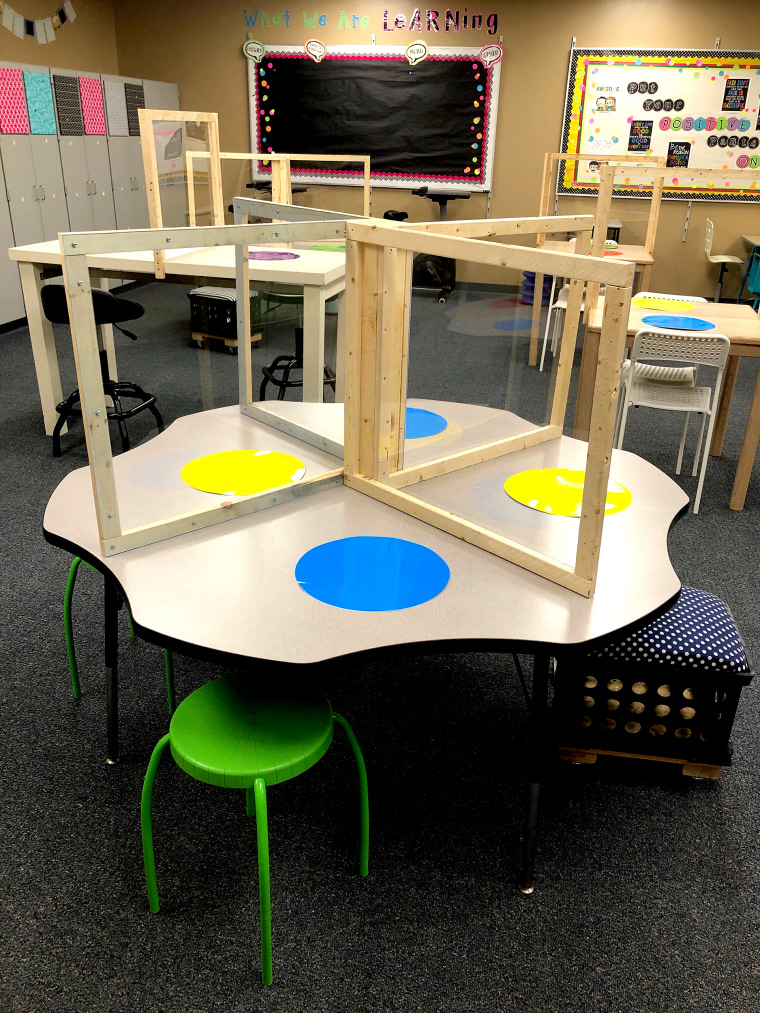
Peterson said Noem's announcement was disappointing.
"She's given the power to the school districts to decide what we need, and I understand that," she said. "But it's most powerful when your governor says, 'Yes, we should be wearing masks.' And she didn't."
Peterson has taken it upon herself to add more protection in her classroom. Her students sit at small group tables, and Peterson and her husband have built plexiglass partitions to put in the middle of the tables as barriers.
"I'm doing my best to get my room ready to keep my students as safe as possible," she said. "There's definitely not the same excitement that I normally have as a teacher about going back to school. There's some anxiety that comes with it. But I really do want to get back into my classroom."
Committed to students, masks or not
Other teachers share that dedication to their students.
Allison, the Tennessee teacher, said many of her students live in poverty and do not get enough food or attention when they are at home. She worries about them when they are not in school and wants to be there to support them.
"I do think it's very, very important to be back in school, but I just want to make sure we're doing it safely," she said. "I was hoping that we would have smaller class sizes, and that would have eased my mind a lot, but that's not the case."
Lane, the high school teacher in Oklahoma, said he never considered not returning to the classroom, even though his age and the semiannual treatments he still gets for prostate cancer put him in a high-risk category.
"I love being there. I love working with those kids, and I feel like I've made a great impact on the lives of the students I've taught," he said.
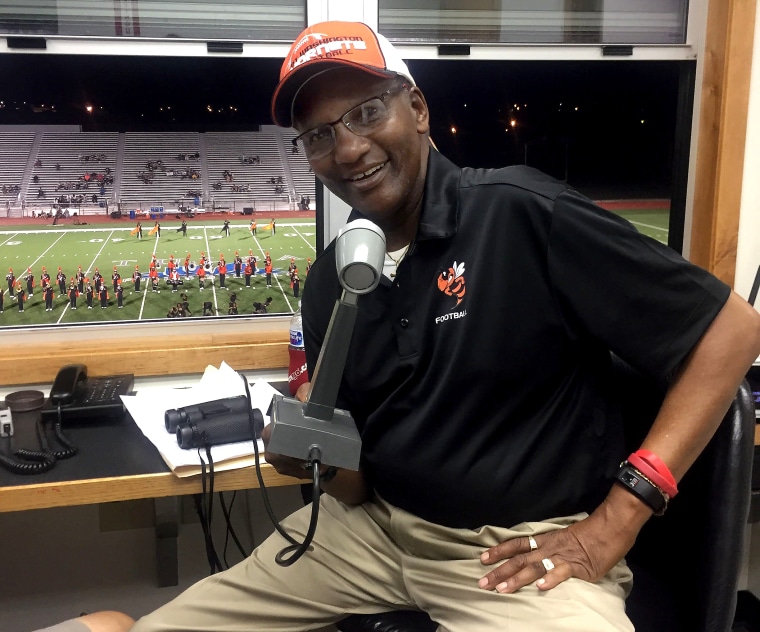
There will be some precautions. Lane's high school plans to take students' temperatures twice a day. His district has provided him with two clear shower curtains to hang in his classroom — one at his desk and one in the front of the room near the interactive whiteboard he teaches at — to shield him from the virus should an infected student come in. And the district is offering remote learning, although Lane's high school expects at least 80 percent of students to return in person.
Still, teachers are scared, said Lane, who is a zone director for the Oklahoma Education Association. In recent weeks, up to 20 teachers a day across the state have asked the Oklahoma Education Association for assistance writing out their wills; last year at this time, only about two teachers a month were using the service, he said.
Lane said that if there were a hard requirement for students to wear masks in classrooms, he would feel a little safer.
"We know that masks work," he said. "I don't know if politics have gotten in the way of science and people don't believe in masks, or maybe they think it's going to detract from their looks or whatever, but we know that masks work."
